In the News
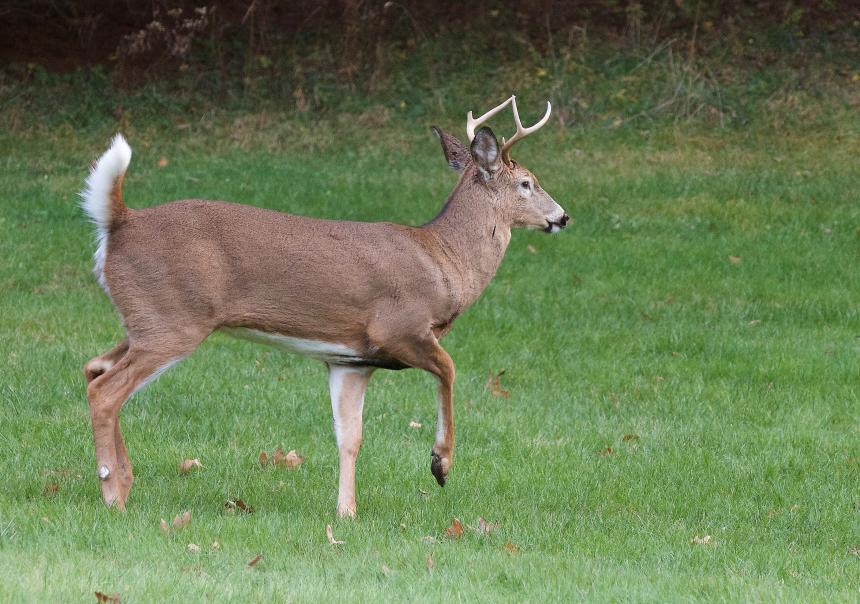
Announcement
March 19, 2021
Chronic wasting disease is a progressive, fatal, degenerative neurological disease of captive and free ranging deer, elk, and moose. The Cornell Wildlife Health Lab received a grant to assess and quantify risk factors for the introduction of chronic wasting disease in Virginia and to design a state-wide surveillance plan.
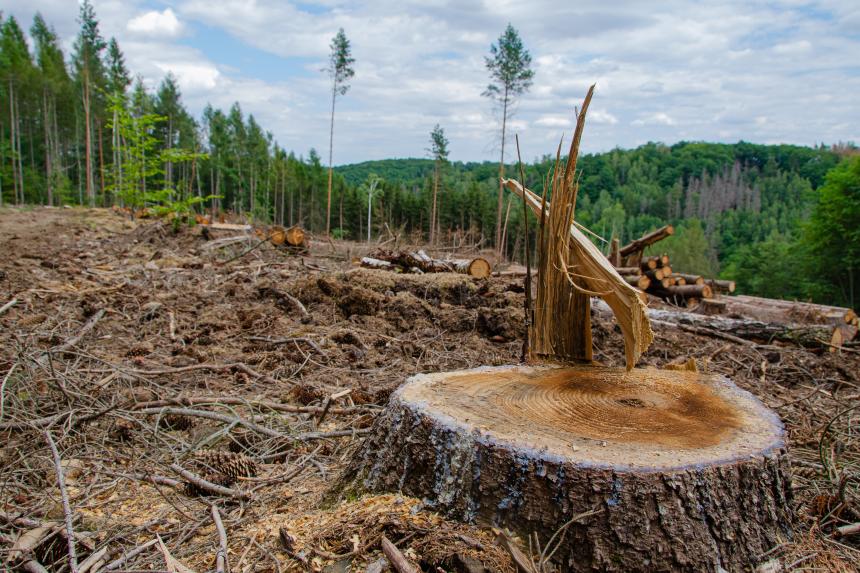
March 17, 2021
Human behaviors have led to "our broken relationship with wild nature," says the Cornell Wildlife Health Center's Dr. Steve Osofsky in Thomas L. Friedman's latest New York Times column discussing what we must do to prevent the next pandemic.
Podcast
March 15, 2021
On this Aquadocs Podcast, host and Cornell veterinary student Michelle Greenfield, DVM '23, interviews Cornell alum Tatiana Weisbrod, DVM '17, Resident in Aquatic Animal Health at the University of Florida, about her career path and advice for aspiring aquatic animal veterinarians.
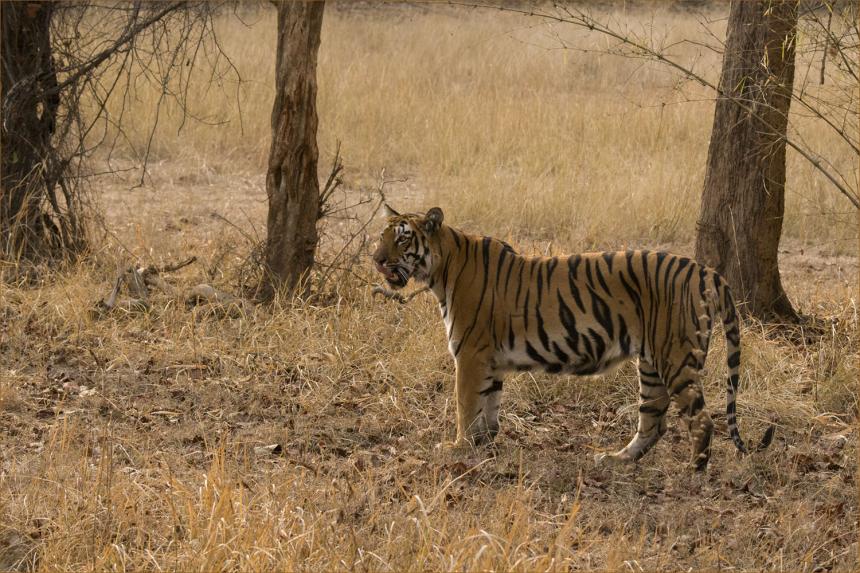
March 12, 2021
While Indian tigers have the highest genetic variation compared to other subspecies of the feline across the world, their populations continue to be fragmented by loss of habitat, leading to inbreeding and potential loss of this diversity.
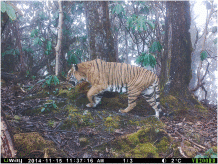
For Your Information
March 09, 2021
Neurological disease in wild tigers has recently gained prominence following a series of fatal canine distemper virus infections affecting tigers in Russia and elsewhere. However, new research into a similar case affecting a wild Bengal tiger in Bhutan diagnosed a brain lesion caused by a human tapeworm - the first time the condition has been recorded in a non-domestic cat species.

Video
March 05, 2021
Watch leading public health and conservation experts discuss how future pandemics can be averted if the world’s governments eliminate unnecessary wildlife trade and adopt holistic One Health approaches. The event was co-hosted by Cornell University and WWF.
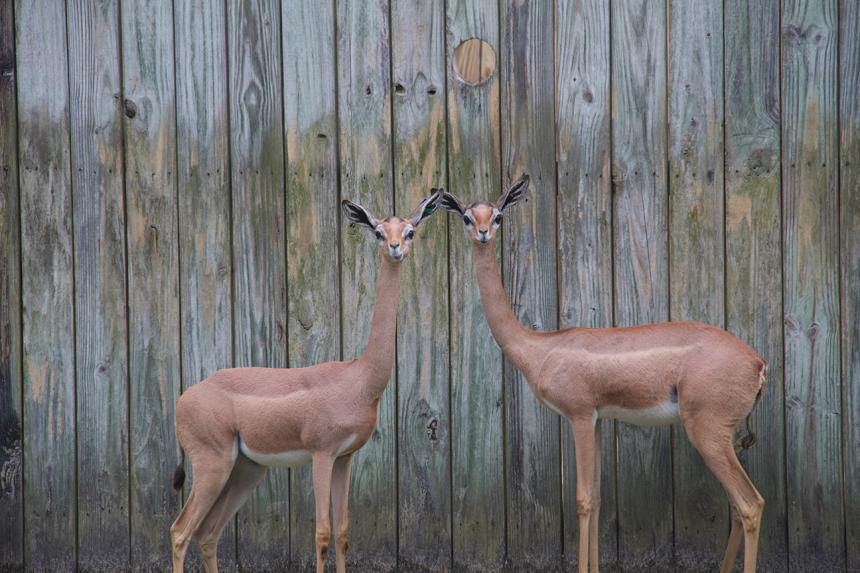
March 01, 2021
Cornell University College of Veterinary Medicine alumnus, Zachary Dvornicky-Raymond ’15, DVM ’19, recently published a study in the Journal of Zoo and Wildlife Medicine regarding validation of a portable, point-of-care test for pregnancy diagnosis in wild ungulates (hoofed mammals).

February 24, 2021
Future pandemics can be averted if the world’s governments eliminate unnecessary wildlife trade and adopt holistic One Health approaches, according to experts at a February 23 virtual conference, hosted by Cornell and WWF.
February 16, 2021
A few weeks ago I learned about trypanosome parasites in parasitology class. As the professor explained what diseases these parasites cause, one species of trypanosome in particular stood out to me, Trypanosoma evansi. T. evansi is transmitted by tabanid flies and is found throughout Africa, Asia and tropical America, and it causes a disease called surra in all domestic species.
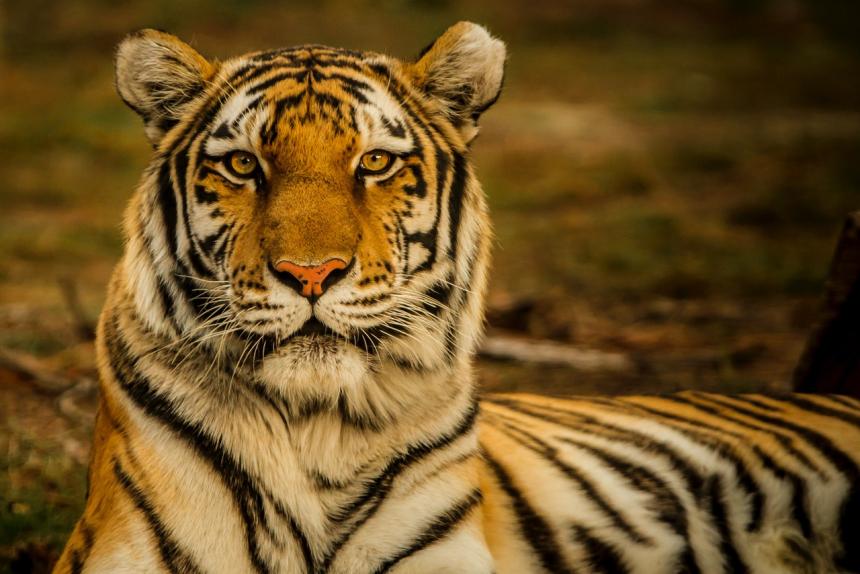
For Your Information
February 16, 2021
Tigers are among the most charismatic of endangered species and garner significant conservation attention. However, their evolutionary history and genomic variation remains poorly known, especially for Indian tigers. With 70% of the world's wild tigers living in India, such knowledge is critical for their conservation.
